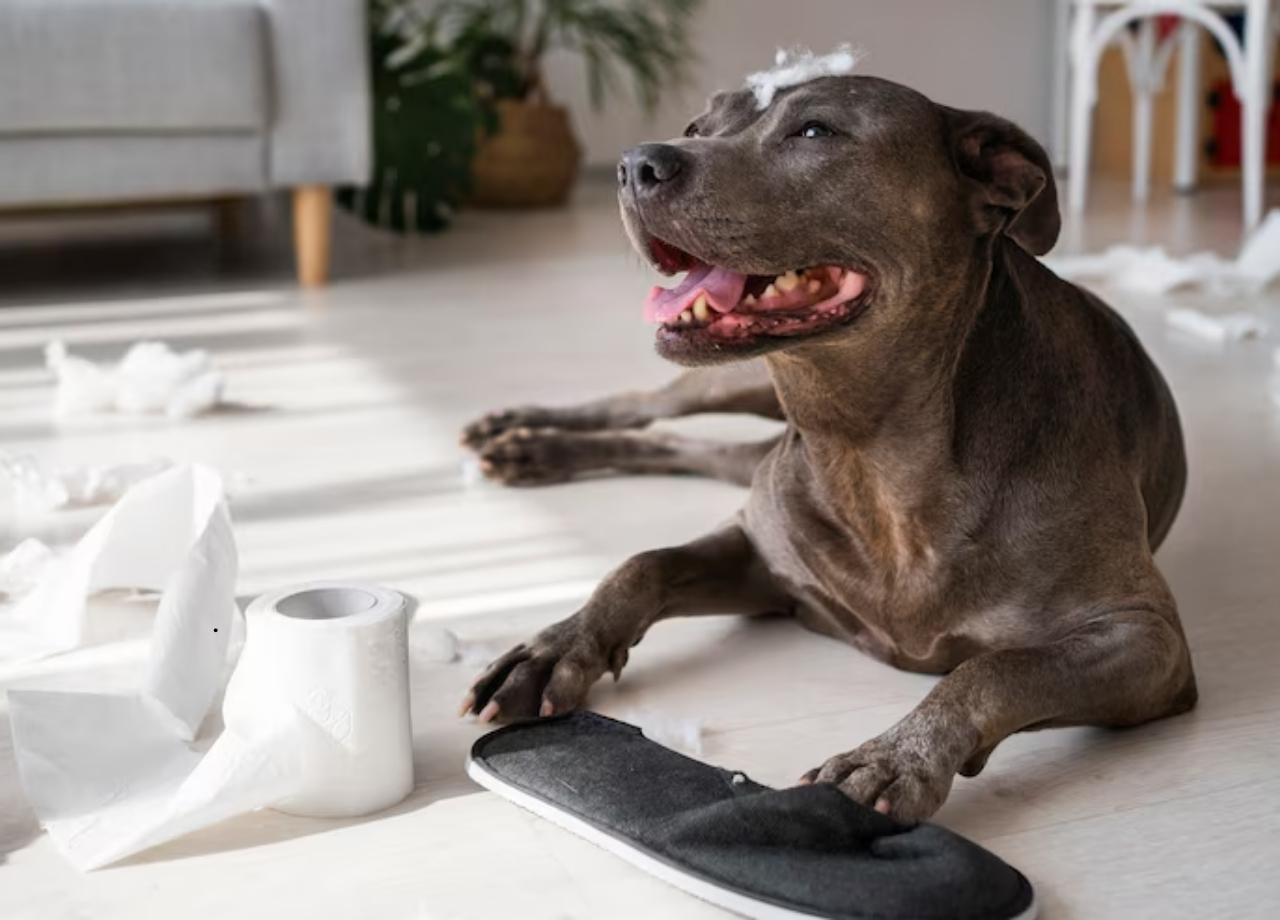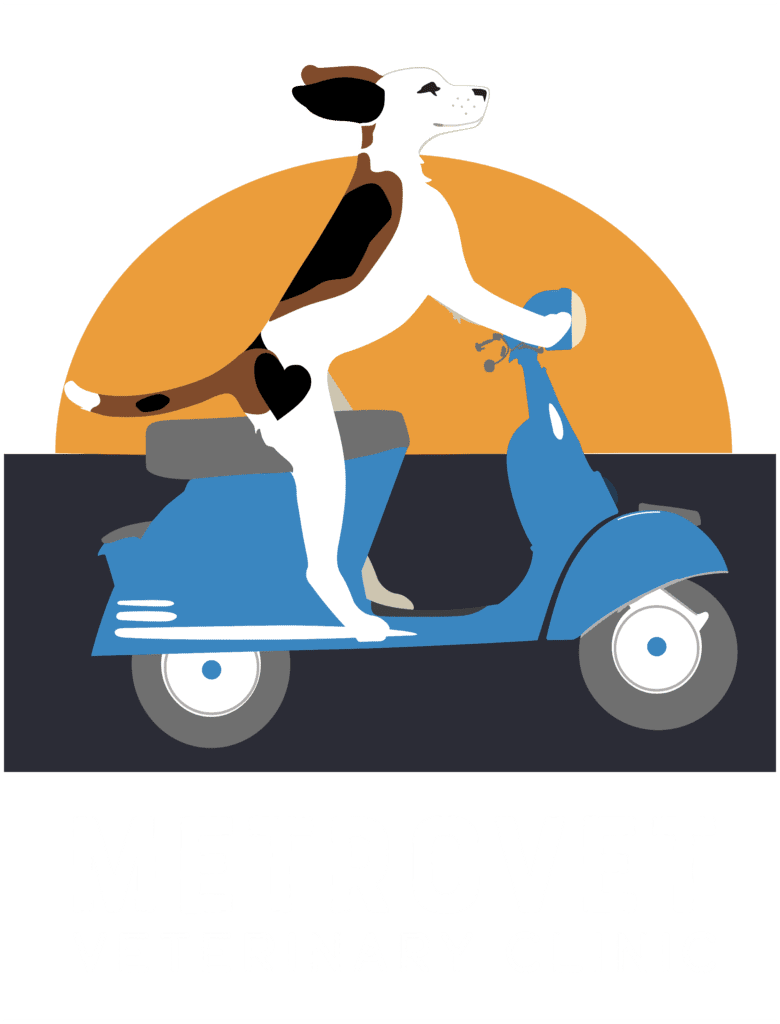Surgical procedures, whether routine or complex, are often necessary to improve or preserve a dog’s health. From spaying and neutering to removing tumors or repairing injuries, these surgeries typically involve incisions that must heal properly. When healing goes off track, an incision infection can develop—a complication that demands quick recognition and intervention.
At Metrovet Veterinary Clinic in Boston, we often guide pet parents through the post-operative recovery process, ensuring that healing happens safely. One of the most important parts of that journey is spotting the early signs of complications such as infection. Understanding how incision infections happen, what they look like, and how to respond can protect your dog from serious health risks.

Why Incision Infections Happen
A dog’s body, just like a human’s, needs time and care to recover after surgery. The incision site is a vulnerable entry point for bacteria. Although sterile conditions are used during surgery, infections can develop due to factors outside the operating room.
Licking, chewing, or scratching at the incision dramatically increases the chance of contamination. Dogs naturally want to groom or investigate an area that feels itchy or sore, but their mouths and paws are far from clean. Environmental exposure—like lying on dirty bedding or playing outdoors before the wound closes—can also introduce harmful bacteria.
Additionally, not all dogs heal at the same rate. Age, immune status, underlying health conditions like diabetes or Cushing’s disease, and the complexity of the procedure can all impact recovery. When healing is delayed, the risk of infection rises.
Signs of an Infected Incision
Post-surgical swelling and mild redness are normal during the first few days. But beyond that window, certain changes in the incision site are concerning and usually indicate infection.
The most noticeable signs include persistent redness, heat at the incision area, swelling that worsens rather than improves, and discharge that may be yellow, green, or have a foul odor. The appearance of pus or thick fluid is never normal.
A dog with an infected incision may also show signs of discomfort or pain, often expressed as whining, limping, or avoiding touch. Behavioral changes, like decreased appetite, lethargy, or shivering, can signal a systemic response, meaning the infection may be spreading.
Infections don’t always remain superficial. If not addressed quickly, bacteria can move deeper into tissues or even into the bloodstream, leading to conditions like cellulitis or sepsis. That’s why vigilance during the healing period is essential.
How Incision Infections Are Treated
Treating a surgical site infection typically begins with a veterinary assessment. Your veterinarian will examine the wound and may take a sample of the discharge for culture and sensitivity testing. This helps determine the most effective antibiotic.
Topical and oral antibiotics are often prescribed, and in more serious cases, anti-inflammatory medications or pain relief may be necessary. If the wound has opened or contains dead tissue, debridement—the removal of infected or necrotic tissue—might be required to allow healing to restart.
Dogs may also need to be fitted with an Elizabethan collar (cone) if they are disturbing the area. In more severe cases where infection spreads, hospitalization for IV antibiotics and close monitoring may be required.
Preventing Incision Infections After Surgery
Proper post-operative care significantly reduces the risk of infection. Keeping the incision clean and dry is non-negotiable. Unless directed by a vet, don’t apply ointments, hydrogen peroxide, or alcohol to the incision—these can delay healing or cause irritation.
It’s crucial to prevent the dog from licking or scratching the area. This is where an e-collar or a medical shirt comes into play. These might not be a dog’s favorite accessories, but they are critical tools during recovery.
Activity restriction is also important. Too much movement, jumping, or rough play can cause the incision to reopen or become irritated. Follow all exercise restrictions provided by your veterinarian.
Check the incision daily for changes in color, texture, or discharge. A photo log can help track progress and provide helpful reference if a vet needs to evaluate healing. If you’re unsure whether something looks normal, it’s always safer to ask your veterinary team.
What to Expect From a Normal Healing Process
Most surgical incisions begin to seal within the first 48-72 hours, forming a protective barrier over the deeper tissues. During the first week, some redness and mild swelling are expected, but these should steadily decrease.
A small scab might form, and the skin may appear pink or slightly firm around the edges. By the second week, the wound should be well on its way to closing, with no drainage and minimal swelling. Sutures or staples may be removed around 10 to 14 days post-surgery, depending on the procedure.
However, any delay in progress, or a sudden change in the wound’s appearance, should not be ignored. Healing is typically linear, and backtracking often points to complications.
When to Contact Your Veterinarian
If you notice any of the signs of infection—such as increased redness, heat, swelling, discharge, or behavioral changes in your dog—you should contact your vet immediately. Even if you’re unsure, a quick check-up can prevent a minor issue from becoming a major one.
Delaying care can turn a treatable infection into something much more difficult to manage. Early intervention leads to quicker recovery and less discomfort for your pet.
Final Thoughts
Caring for your dog after surgery involves more than rest and cuddles. A watchful eye, attention to hygiene, and timely follow-ups make a real difference in how smoothly the healing goes. Infections are one of the most common post-surgical complications in dogs, but with knowledge and vigilance, they can often be prevented or managed successfully.
If your dog is scheduled for surgery or recovering from a recent procedure, don’t hesitate to speak with your veterinary team about what to expect. Clear guidance and early support can mean the difference between a smooth recovery and a stressful complication.
Disclaimer: This article is for informational purposes only and should not replace professional veterinary advice. If your pet shows any signs of illness or complications after surgery, consult your veterinarian immediately.


